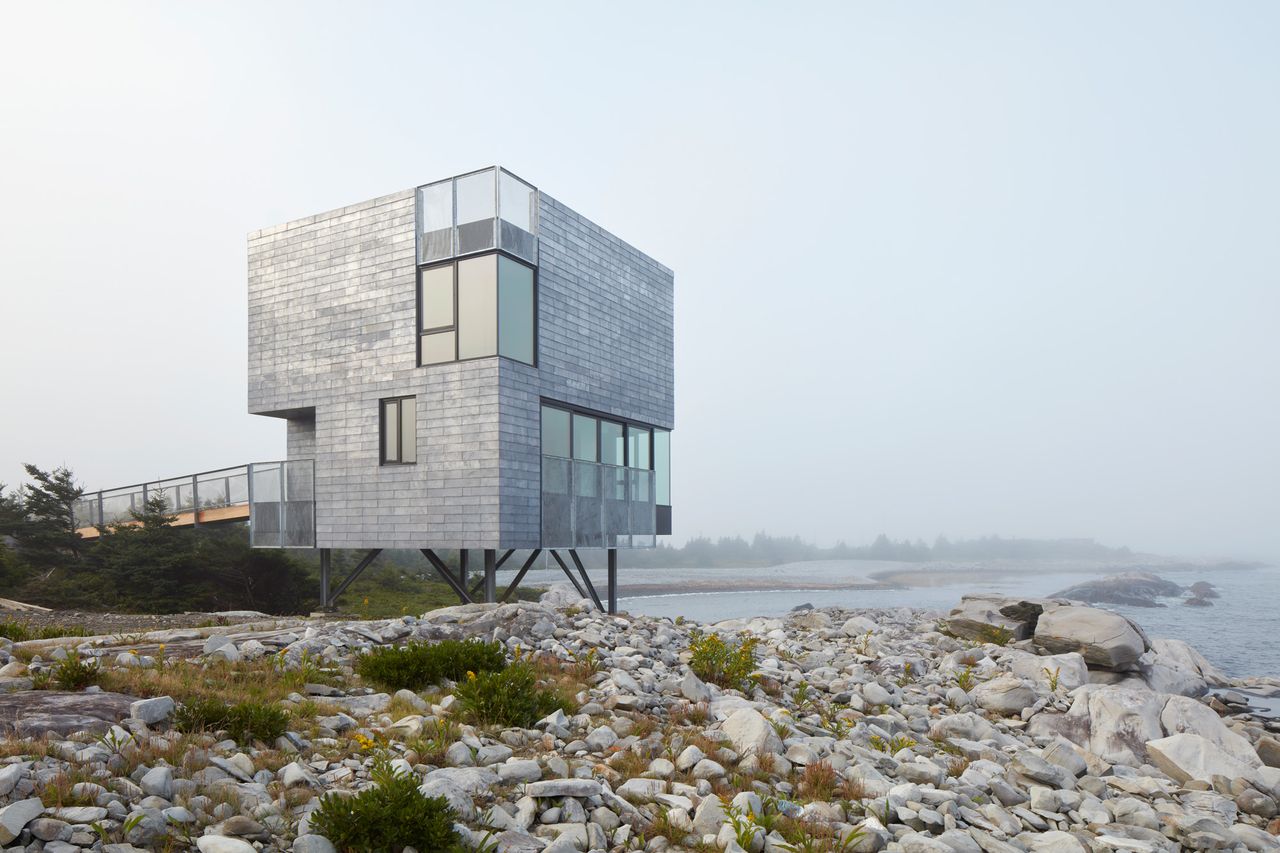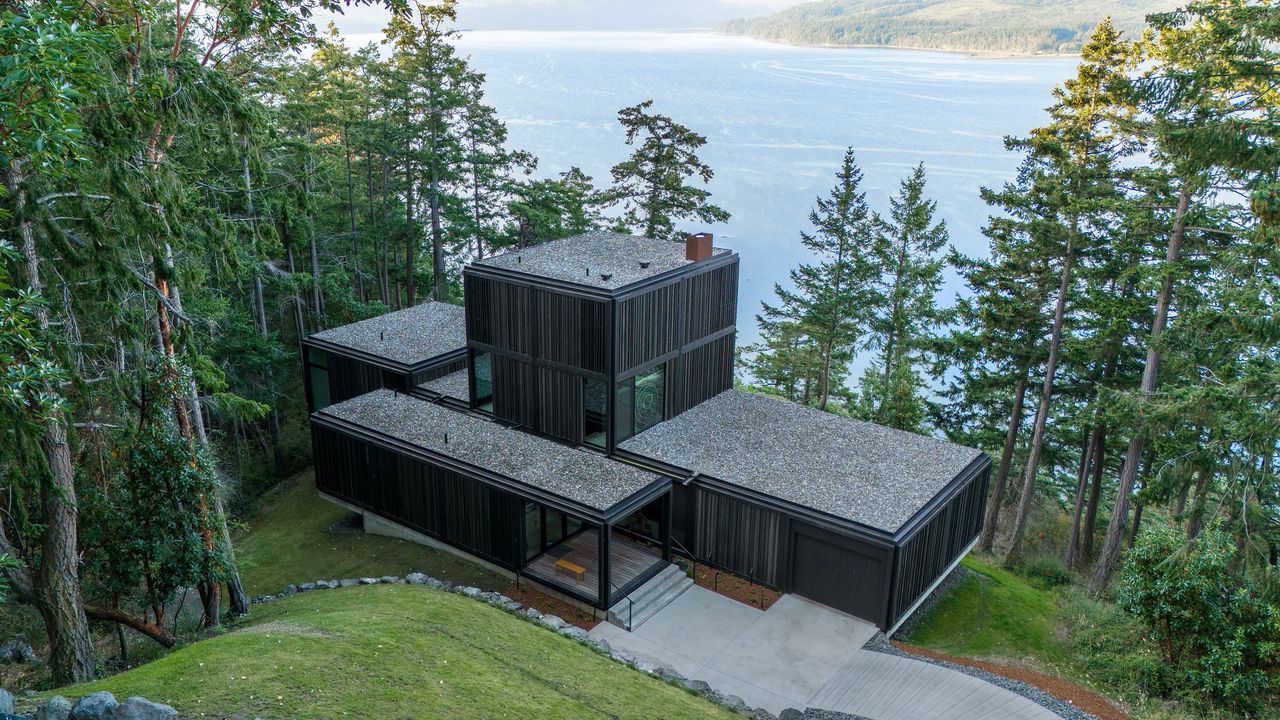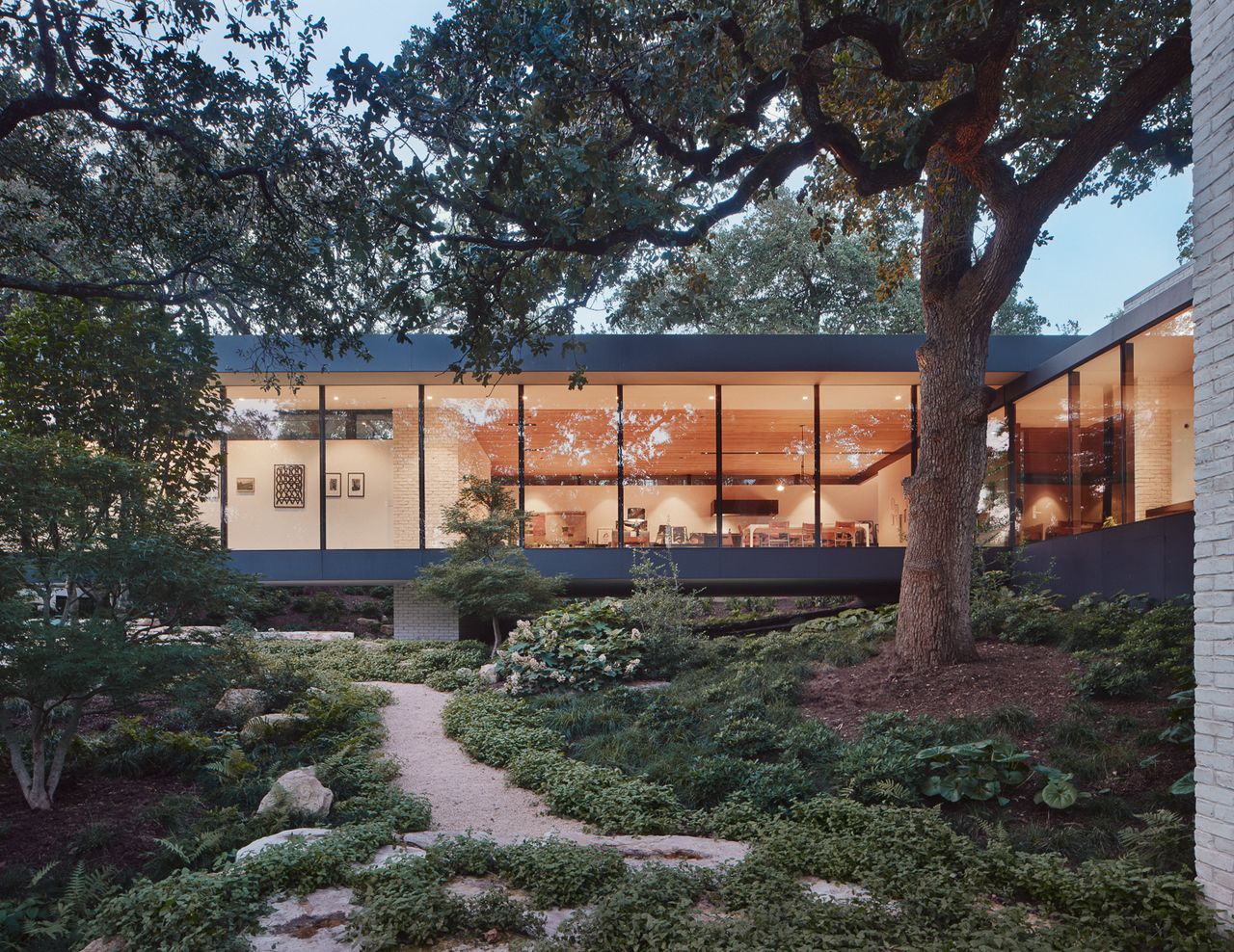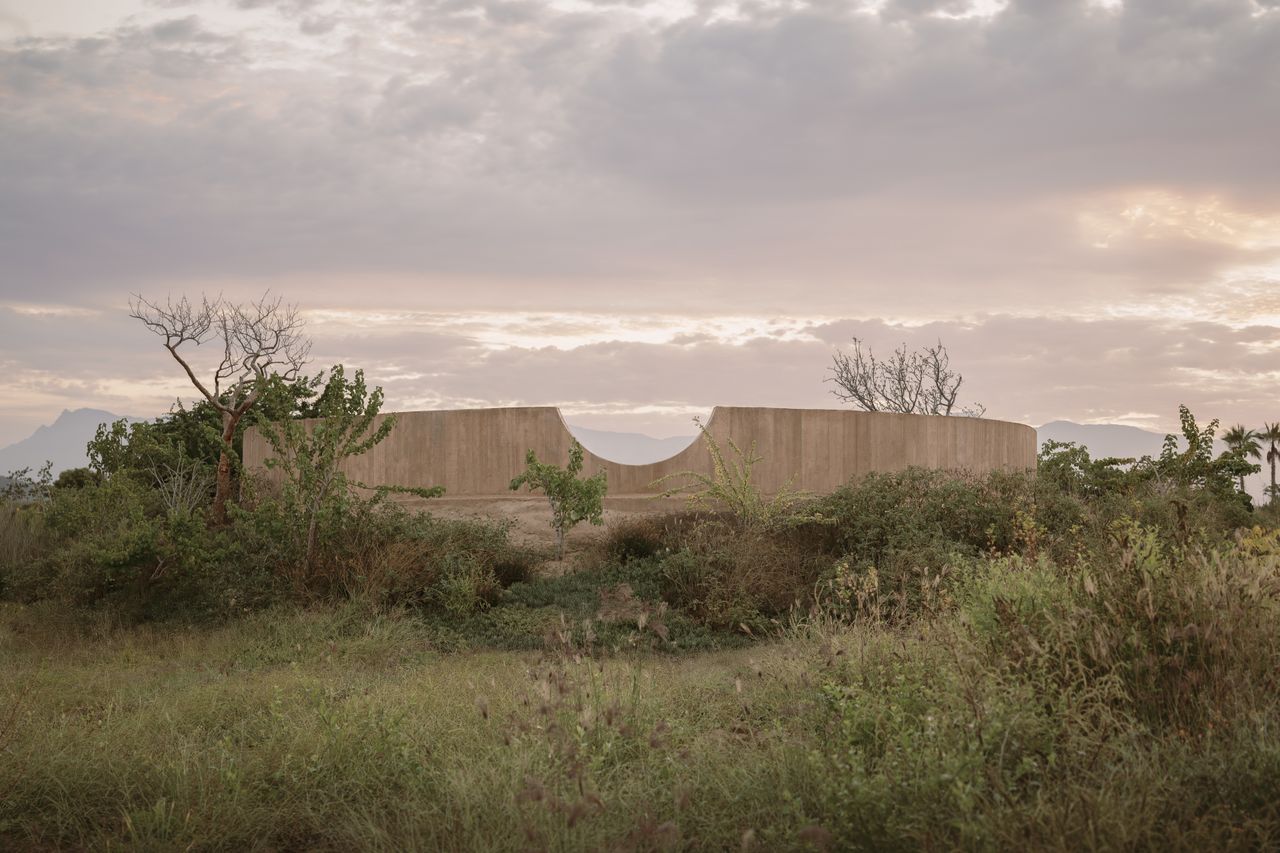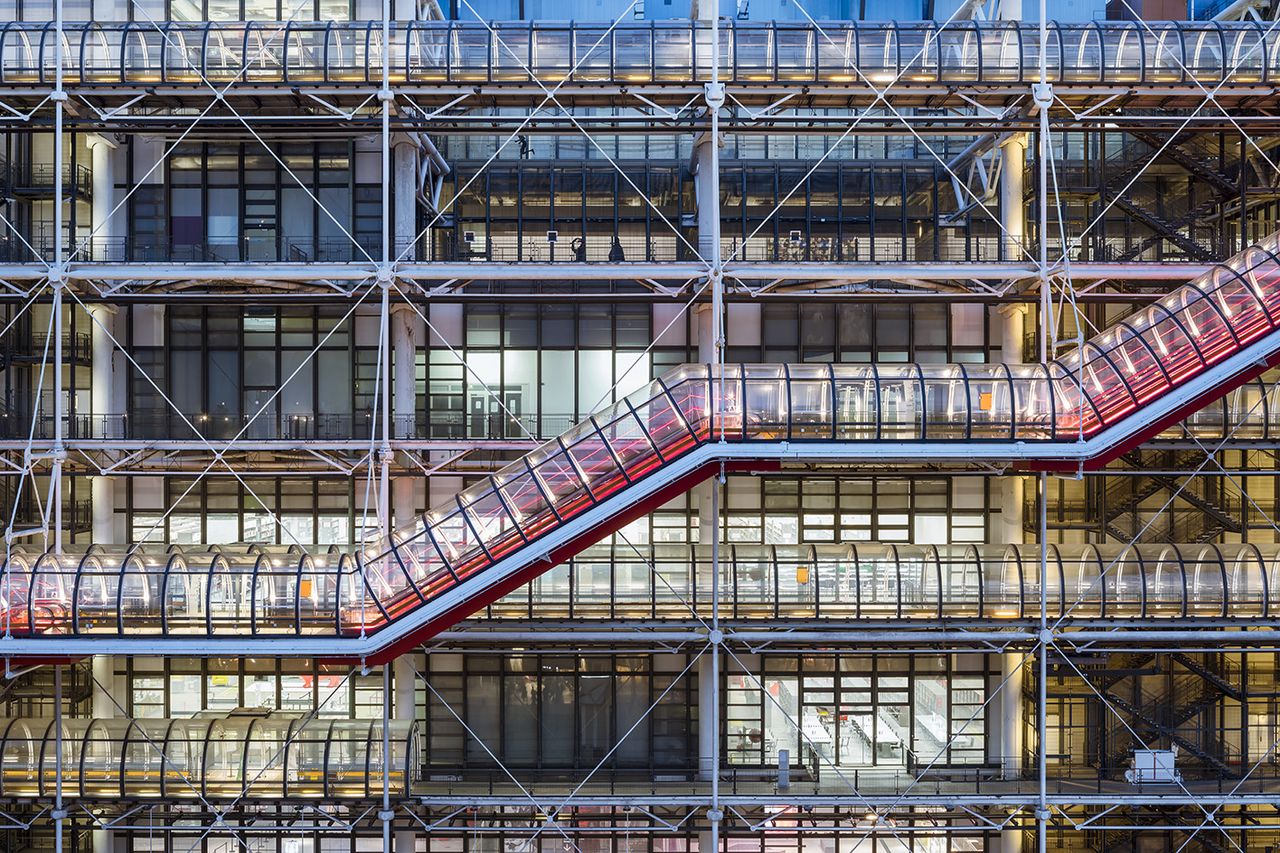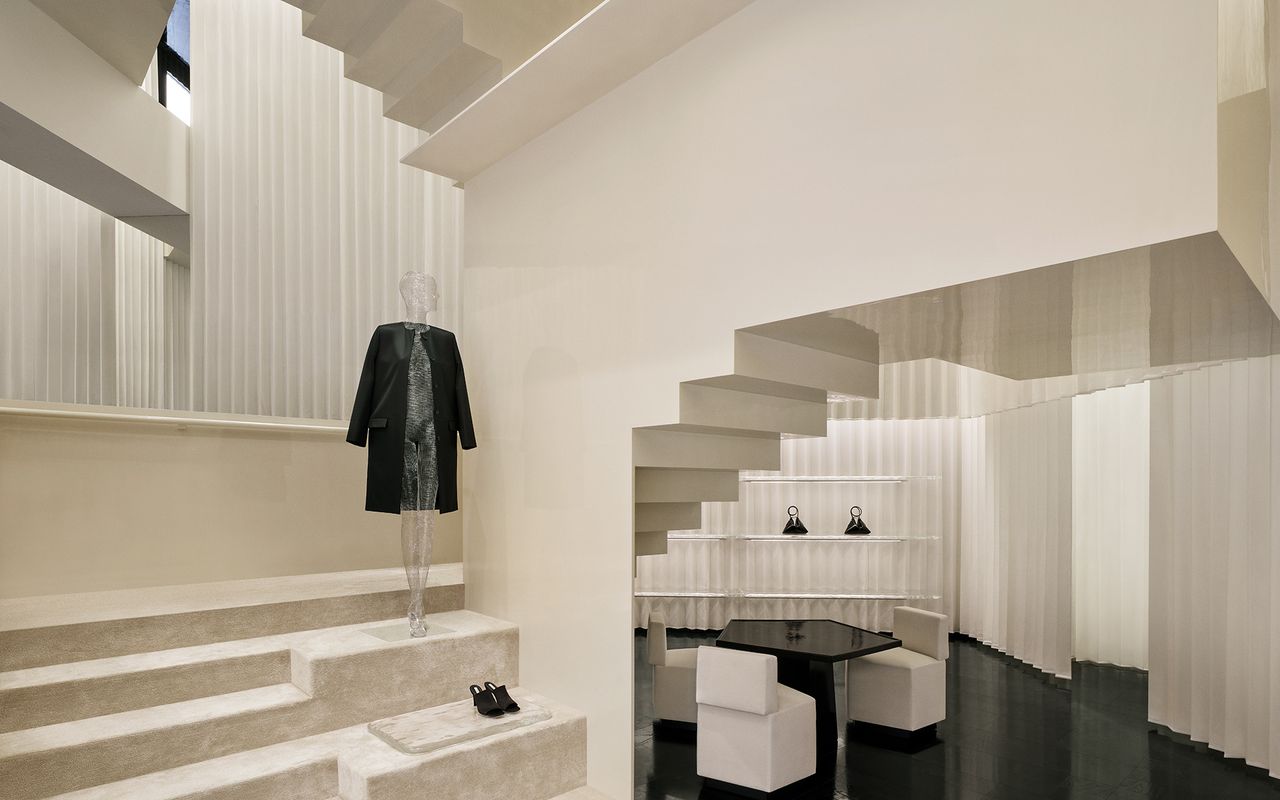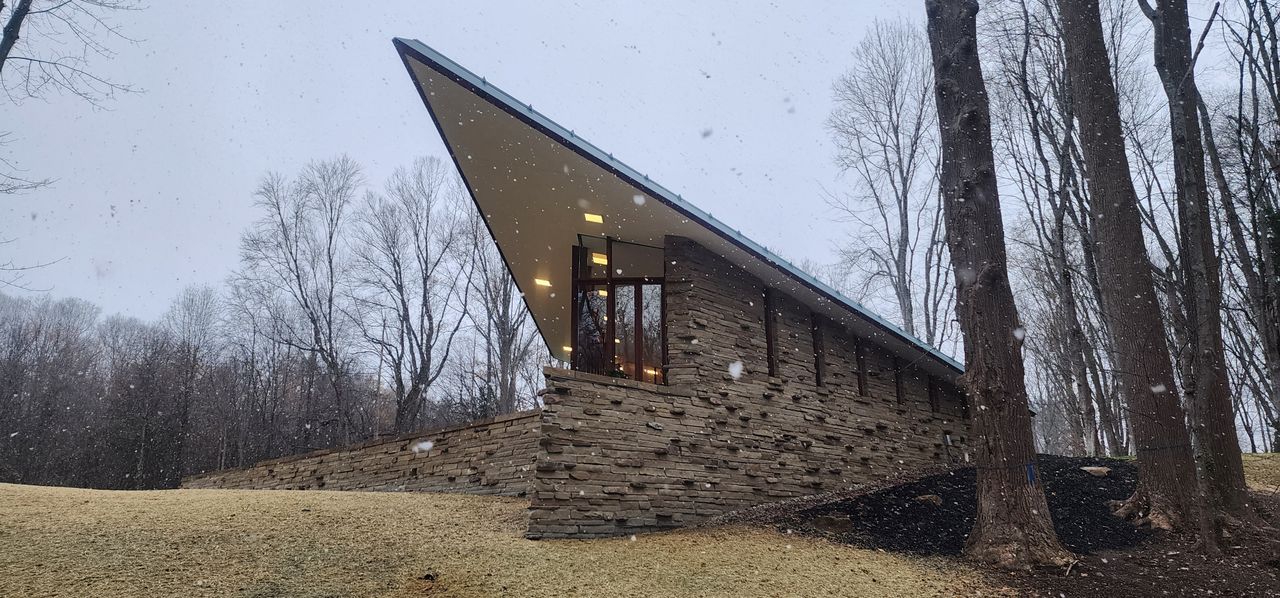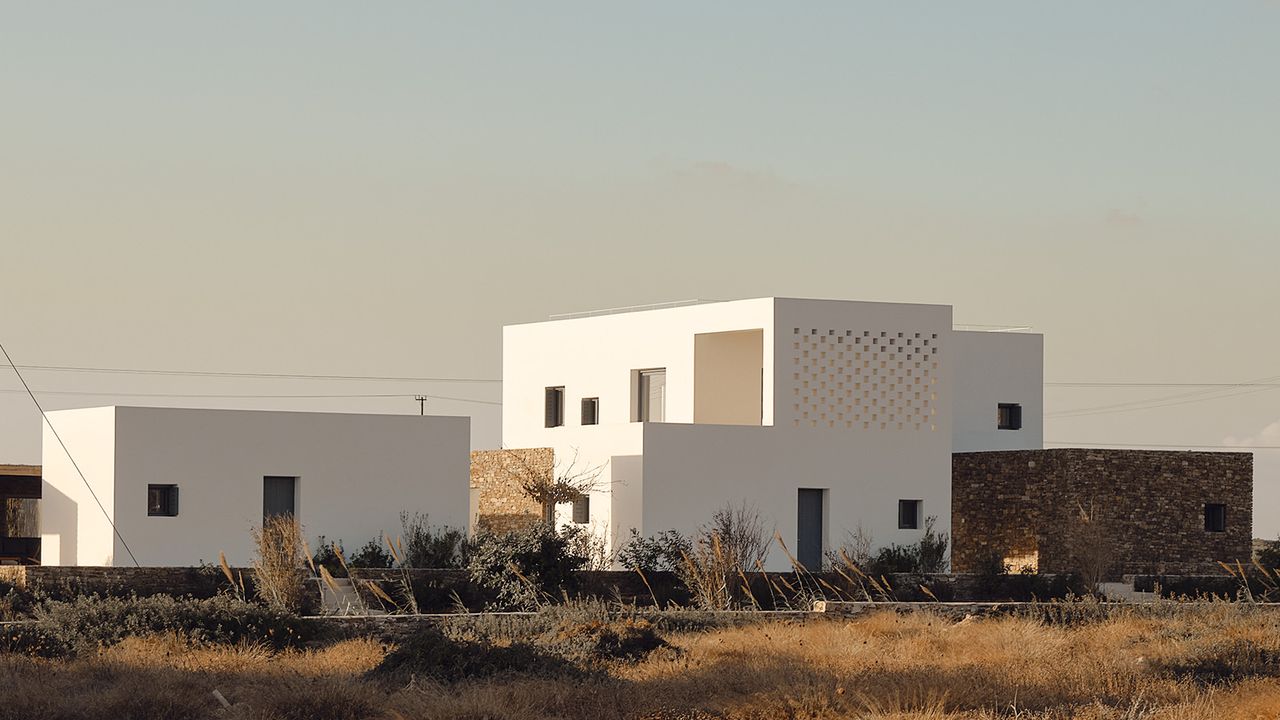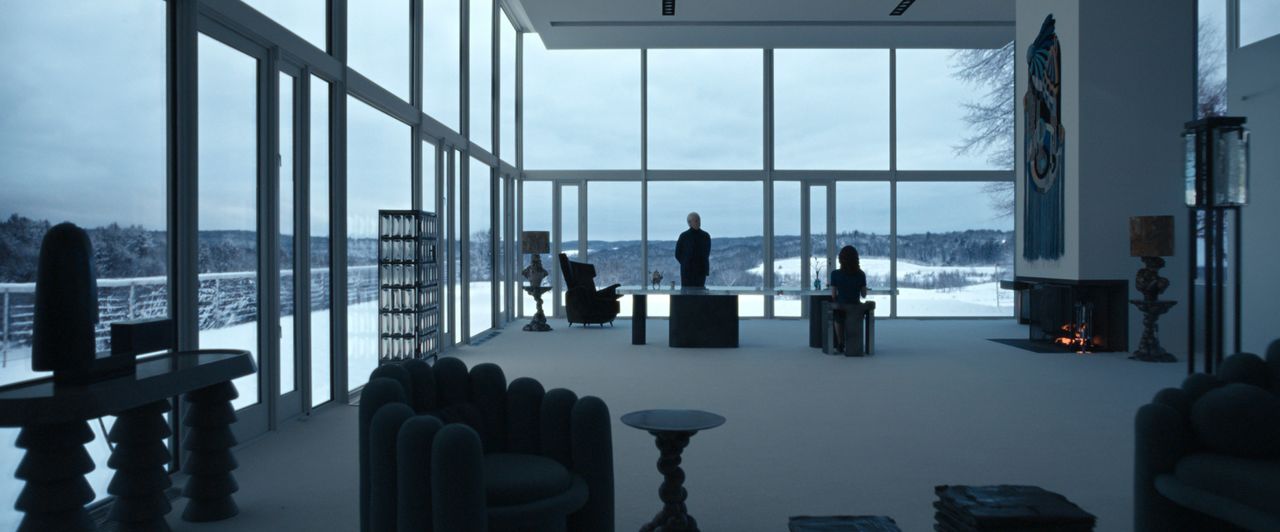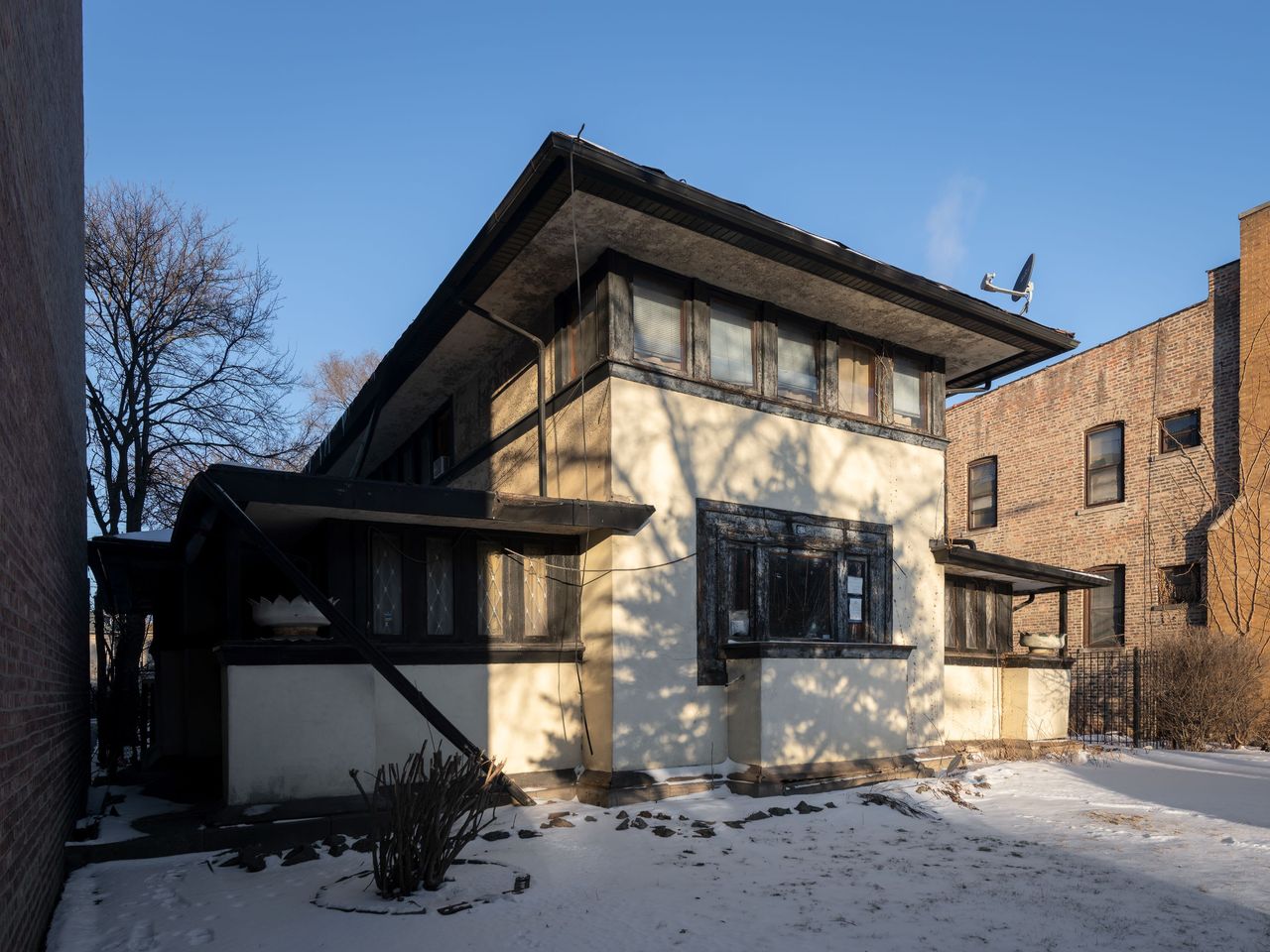Nathan Oliveira’s Windhover paintings get a tranquil new home at Stanford University
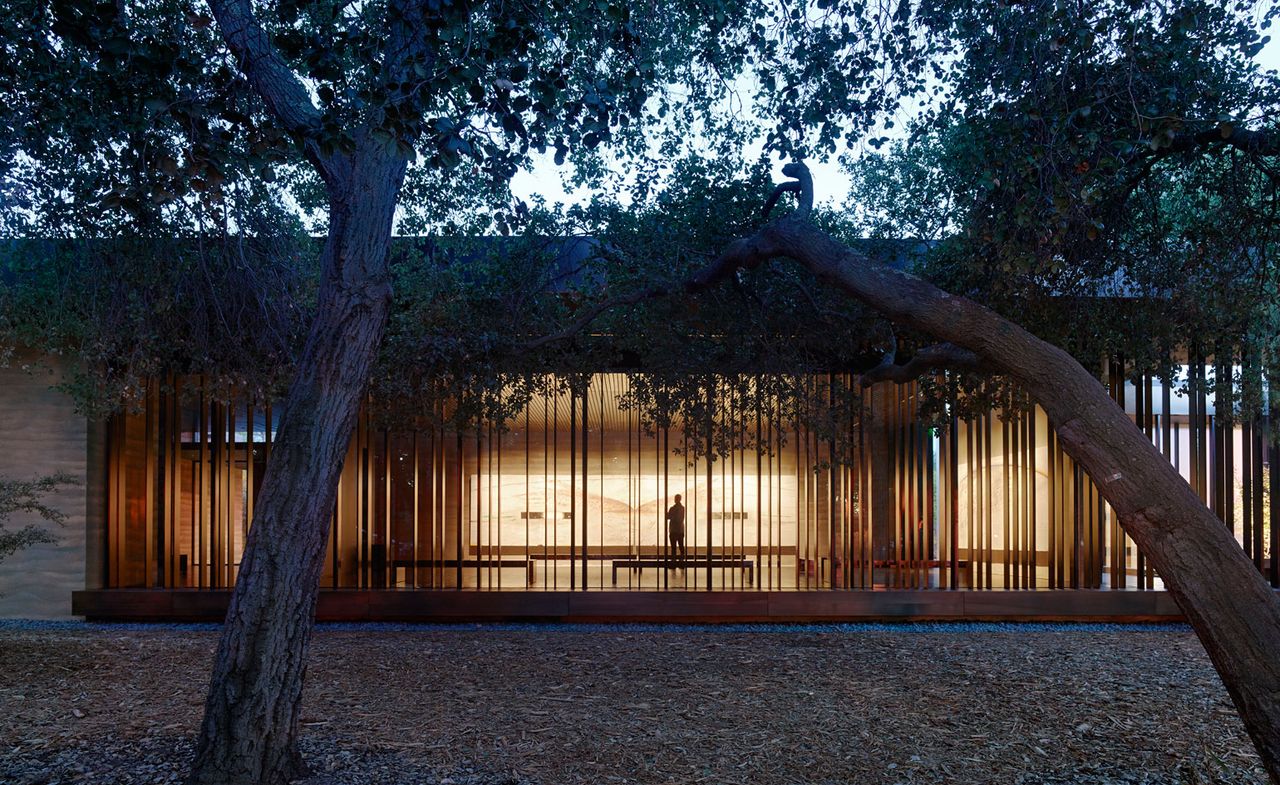
A new sanctuary sits quietly at the heart of the Stanford University campus in California. The project, by San Francisco practice Aidlin Darling Design, is home to a series of paintings from Nathan Oliveira's 'Windhover' series.
The commission's aim was to create a refuge – for students, facutly and staff as well as the general public during dedicated tour – from the intensity of daily life and a space that offers shelter for peace and contemplation. As Oliveira said of his work in 2002, 'These paintings are like a catalyst that can take you where you want your mind to fly.' Taking inspiration from flying kestrels in the Stanford Hills, the artist, who passed away in 2010, envisioned his works as vehicles for spiritual renewal. This new home for them fulfils Oliveira's dream that they be installed in a dedicated, meditative space.
The project, called the Windhover, the centre creates a dialogue between the different elements involved. Joshua Aidlin and David Darling, founders of the award-winning architecture firm, have always worked on the sensory connection between man and environment, and this project, in which art, architecture and landscape are skilfully balanced, is a true representation of this approach. A sculpture garden and an oak grove surrounding the structure protect the interiors, helping to maintain a peaceful atmosphere.
As guests step into the building, the first work revealed is the dramatic 'Big Red', a large abstract oil painting that took 25 years to complete. Also included in the displays are 'Diptych', 'White Wing' and 'Sun Radiating'. Louvered skylights bathe the impressive 4m to 9m paintings in natural light, while the thick rammed-earth walls, wood surfaces and echoing water pools cast dense shadows and amplify their bright presence.
'One must nurture the spirit identity within one's self in order to fully exist,' Oliveira once stated, a belief that breathes through the new centre. Skilfully choreographing relationships between art, architecture, mind and matter, Stanford's new space provides a sanctuary in which its community can reflect and take flight.
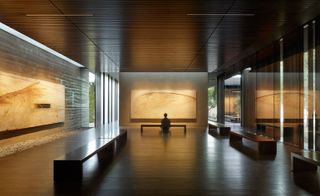
As Oliveira said of his work in 2002, 'These paintings are like a catalyst that can take you where you want your mind to fly.' This new home for them fulfils Oliveira's dream that they be installed in a dedicated, meditative space
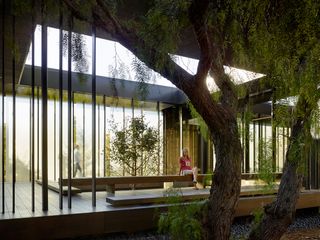
The commission's aim was to create a refuge for students, staff and faculty, as well as the general public during dedicated tours
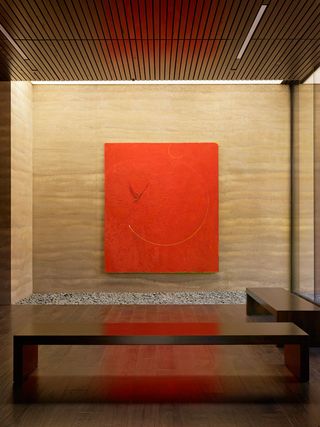
Taking inspiration from flying kestrels in the Stanford Hills, the artist, who passed away in 2010, envisioned his works as vehicles for spiritual renewal. As guests step into the building, the first work revealed is the dramatic 'Big Red', a large abstract oil painting that took 25 years to complete
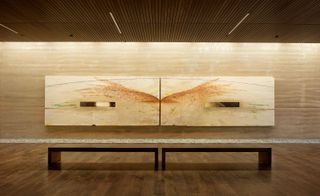
Also included in the displays is 'Diptych'
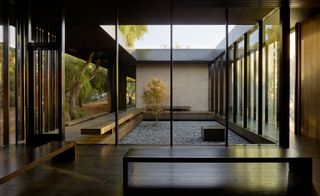
The architecture creates a dialogue between the different elements involved
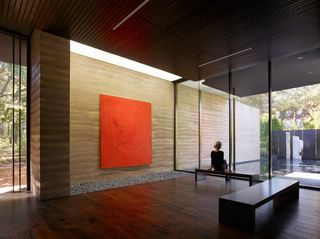
Louvered skylights bathe the impressive 4m to 9m paintings in natural light, while the thick rammed-earth walls, wood surfaces and echoing water pools cast dense shadows and amplify their bright presence
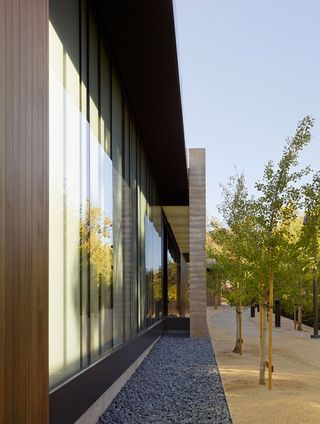
Skilfully choreographing relationships between art, architecture, mind and matter, Stanford's new space provides a sanctuary in which its community can reflect and take flight
ADDRESS
Windhover Contemplative Center
370 Santa Teresa Street
Stanford CA 94305
Wallpaper* Newsletter
Receive our daily digest of inspiration, escapism and design stories from around the world direct to your inbox.
